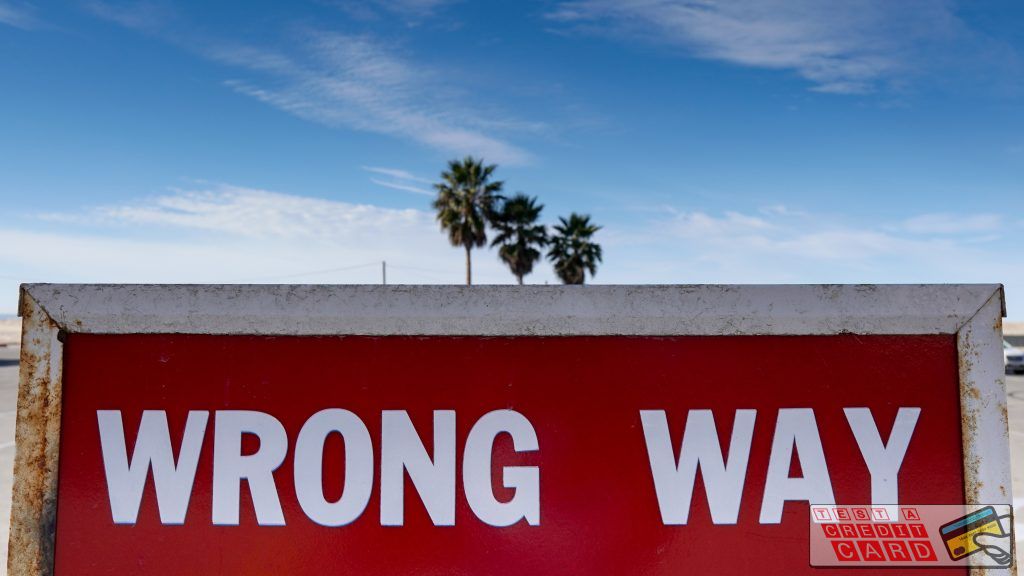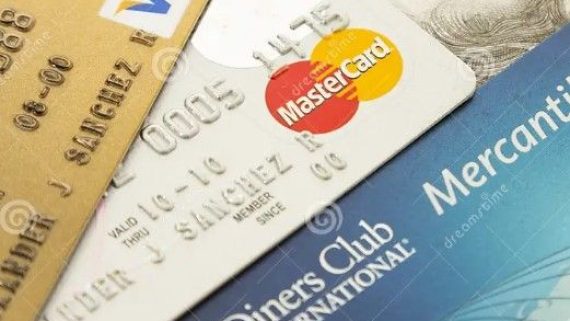Intro
Throughout history, the credit card industry has witnessed tremendous growth and success, providing consumers with unparalleled convenience and financial flexibility. However, not every venture has been a smooth sail. In this article, we explore the story of the biggest failure in credit card history—a colossal misstep that left a trail of financial devastation and valuable lessons for the entire industry.
The Rise of the “Magnificent” Card
 In the late 1990s, as the credit card industry boomed, a new player entered the scene with grand promises of revolutionizing the way people managed their finances. Magnificent Card Corporation, as it was called, was a startup with audacious plans to disrupt the established credit card giants and offer a more customer-centric experience.
In the late 1990s, as the credit card industry boomed, a new player entered the scene with grand promises of revolutionizing the way people managed their finances. Magnificent Card Corporation, as it was called, was a startup with audacious plans to disrupt the established credit card giants and offer a more customer-centric experience.
The company’s executives touted their venture as the “next big thing” in the credit card industry, with cutting-edge technology, attractive rewards programs, and low-interest rates. Their marketing campaigns painted a picture of a card that would surpass all others, providing cardholders with unprecedented perks and privileges.
The Ill-Fated Launch
With great fanfare, Magnificent Card Corporation launched its credit card in early 2000, backed by a substantial marketing campaign that created a buzz among consumers. Thousands of people eagerly applied for the “revolutionary” card, attracted by the promises of superior benefits and a refreshing approach to credit.
Initially, things seemed promising for Magnificent Card Corporation. Cardholders received their shiny new cards in the mail, and many were eager to put them to use. However, it didn’t take long for the cracks in the company’s façade to become evident.
The Unraveling of a Dream
 Behind the scenes, Magnificent Card Corporation was facing severe financial mismanagement and internal conflicts. The company had overextended itself, offering lavish rewards and benefits without a sustainable business model to support them. Moreover, they failed to accurately assess the risks associated with credit card lending and interest rates.
Behind the scenes, Magnificent Card Corporation was facing severe financial mismanagement and internal conflicts. The company had overextended itself, offering lavish rewards and benefits without a sustainable business model to support them. Moreover, they failed to accurately assess the risks associated with credit card lending and interest rates.
As the company struggled to cover its expenses, customer service began to suffer. Cardholders experienced long wait times and difficulties reaching the company’s support team. Meanwhile, rumors of mounting debt and financial instability started circulating, further eroding consumer confidence.
The Fallout
The collapse of Magnificent Card Corporation was as swift as its rise. Within a year of its launch, the company filed for bankruptcy, leaving thousands of cardholders with unusable cards and significant unpaid balances. Many consumers who had eagerly embraced the promise of the “magnificent” card found themselves in a financial nightmare, burdened with debt and no recourse for compensation.
The failure of Magnificent Card Corporation sent shockwaves through the credit card industry. It served as a stark reminder of the importance of responsible lending, prudent financial management, and transparent communication with customers.
Lessons Learned
The demise of Magnificent Card Corporation holds valuable lessons for both consumers and the credit card industry as a whole. For consumers, it underscores the need for caution when signing up for new credit cards and thoroughly researching the reputation and financial stability of the issuing institution.
For the credit card industry, the failure of Magnificent Card Corporation serves as a reminder of the importance of responsible lending practices, sustainable business models, and clear communication with customers. It highlights the dangers of promising more than can be delivered and the necessity of balancing innovation with financial prudence.
Conclusion
The saga of Magnificent Card Corporation stands as a cautionary tale—a reminder that even the grandest promises can crumble under the weight of poor financial management and reckless decision-making. The failure of this ambitious startup left a scar on the credit card industry, prompting stakeholders to reevaluate their practices and prioritize transparency, accountability, and sustainability. As the industry continues to evolve, the lessons learned from this colossal failure will undoubtedly shape a more responsible and resilient credit card landscape for the future.






